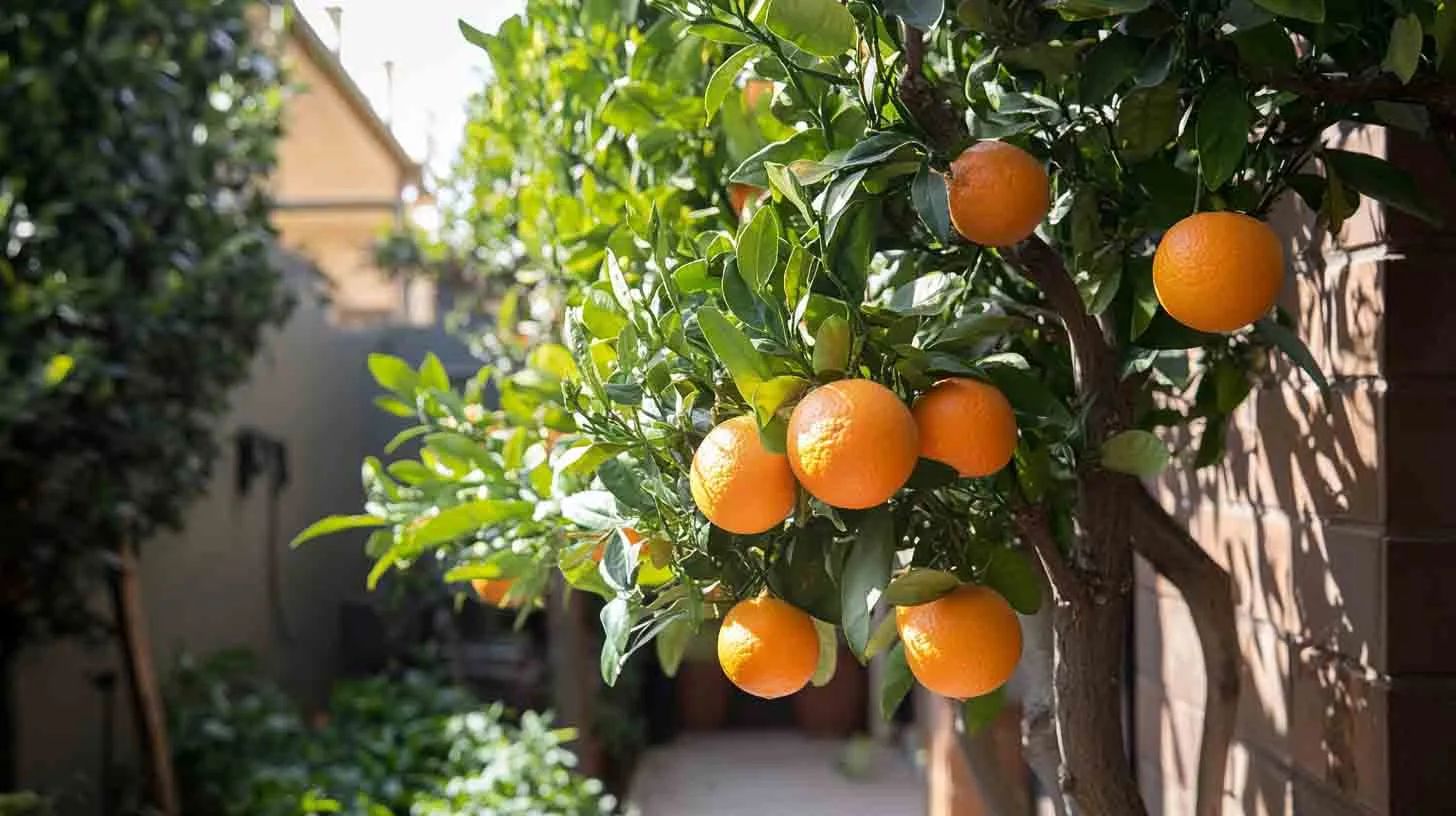I’m always hunting for ways to fill my garden with plants that actually do something, you know? Something that gives back, preferably deliciously.
That’s why fruit trees are my go-to in USDA Zone 9. This zone is a sweet spot, hot summers, mild winters, and long growing seasons.
So, if you’re like me and want a yard that smells good, tastes even better, and gives you bragging rights, you’re in the right place.
Let’s dive into 15 fruit trees that absolutely thrive in Zone 9.
Why Planting Fruit Trees in Zone 9 Just Makes Sense
Zone 9 is like that cool kid in high school, laid-back but full of surprises.
With temperatures rarely dipping below 20°F, you get the luxury of growing both tropical and temperate fruits.
Here’s why I’m obsessed:
- Extended growing season means longer harvest windows
- Mild winters reduce frost damage
- Fruit diversity is crazy, citrus, stone fruits, even avocados
- You can snack straight from your tree (yes, it’s as magical as it sounds)
Whether you’re a gardening rookie or already talking to your plants like they’re pets (guilty), Zone 9 is a fruit tree playground.
1. Meyer Lemon Tree
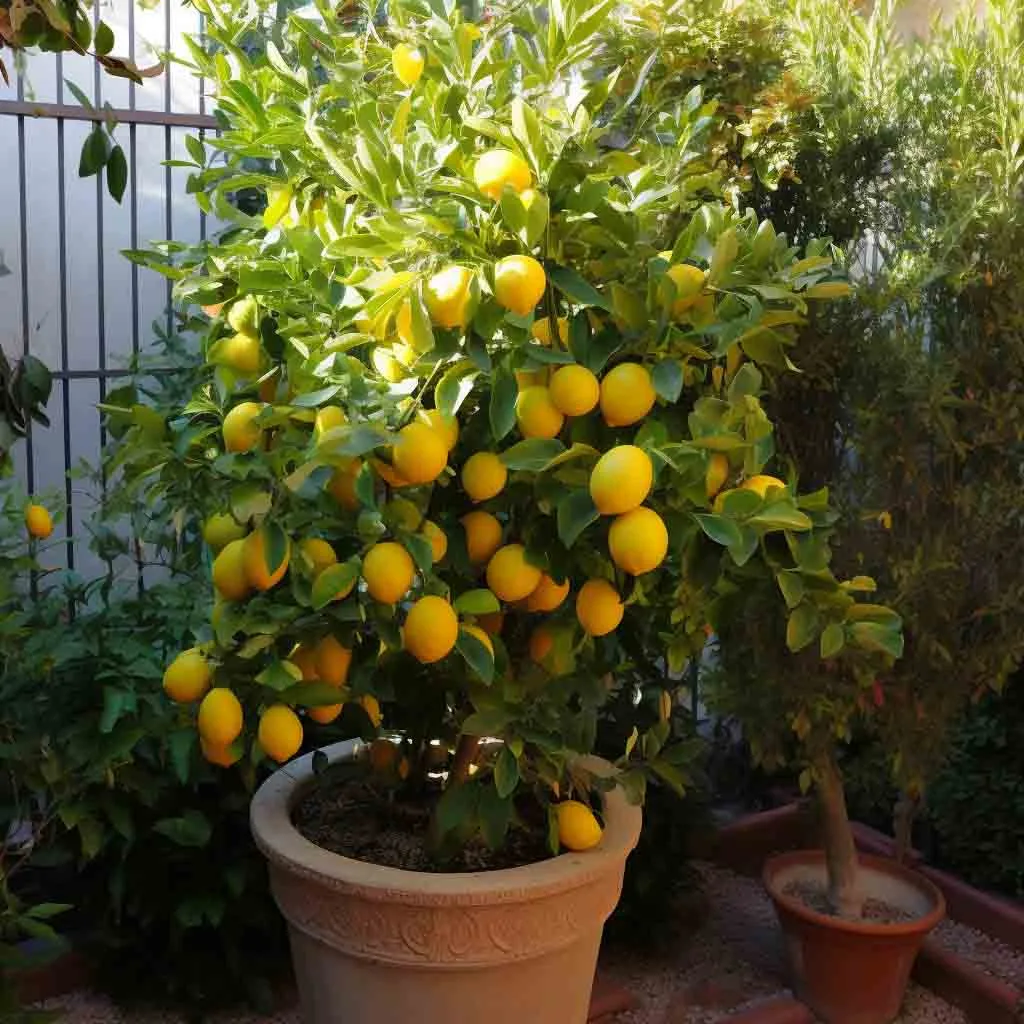
This is hands-down my favorite tree in the yard. Meyer lemons are a cross between lemons and mandarins, so they’re sweeter, less acidic, and perfect for lemonade or pie.
- Zone 9 perfect match, thrives in full sun
- Compact size, ideal for small yards or containers
- Bonus: It smells incredible when blooming!
Key Tips:
- Needs well-drained soil
- Water consistently, but don’t overdo it
- Fertilize 3–4 times a year with citrus-specific fertilizer
2. Fig Tree (Brown Turkey or Celeste)
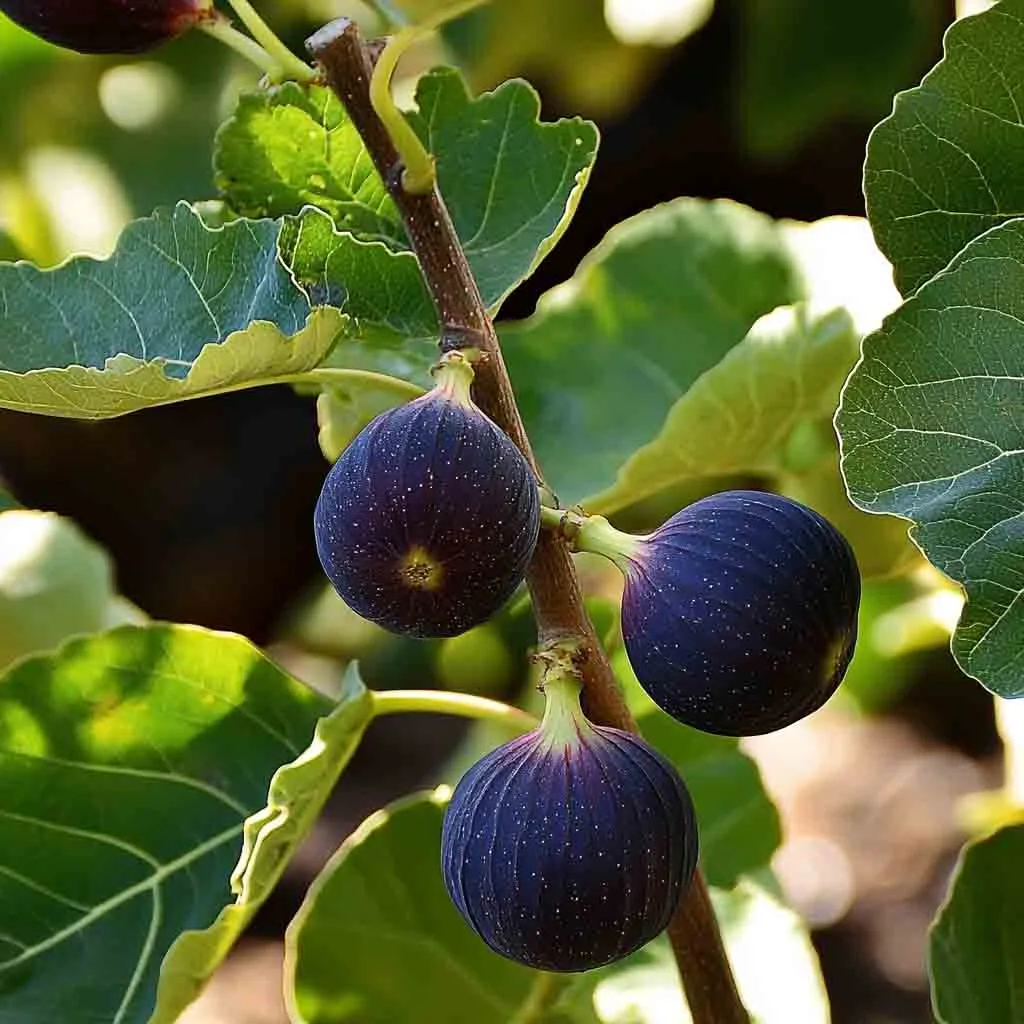
If you haven’t tried a fresh fig right off the branch, you’re missing out. I used to think figs were only for cookies, but now they’re my snack staple.
- Heat-tolerant and drought-resistant
- Fruit is soft, sweet, and rich
- Great for fresh eating or drying
Quick Tips:
- Prune in winter to shape
- Protect young trees from cold snaps
- Give it full sun for best fruiting
3. Avocado Tree (Mexicola or Bacon Variety)
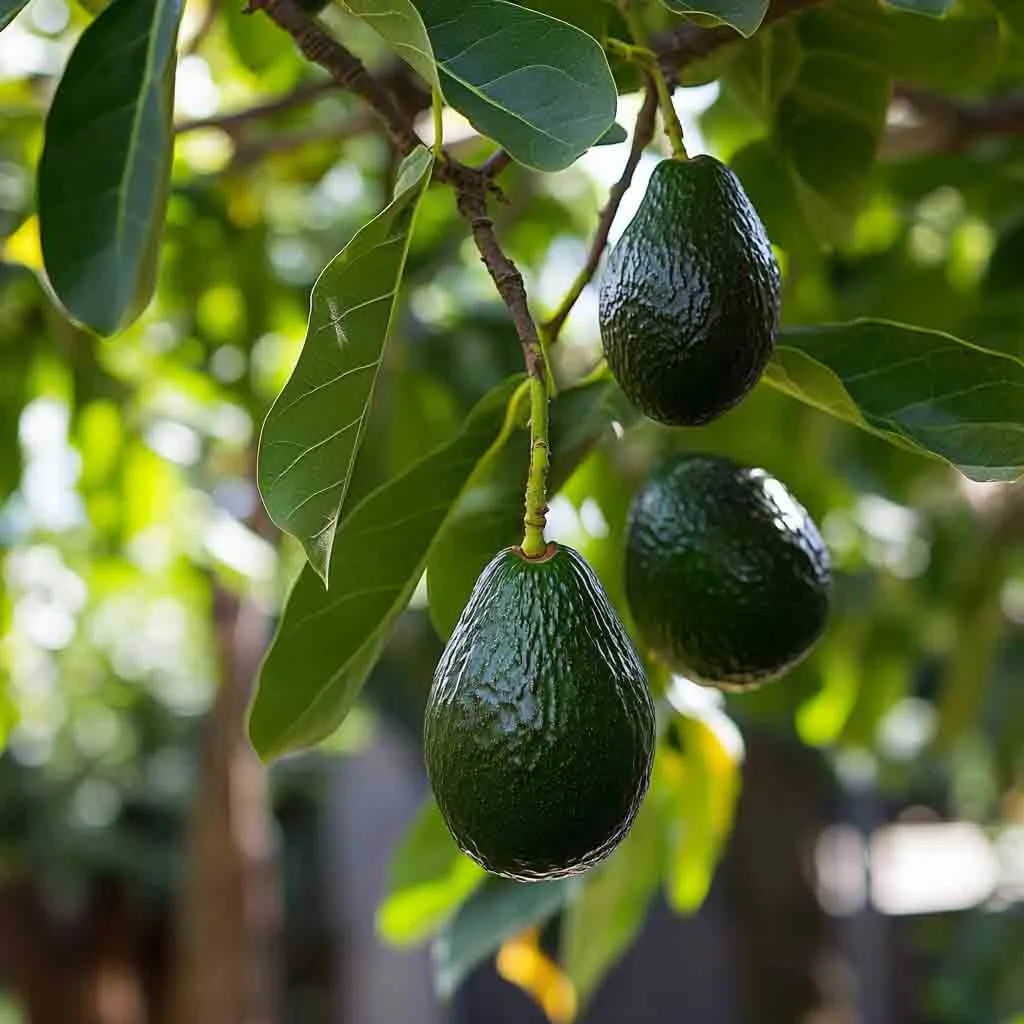
Yup, you can grow avocados in Zone 9. I was shocked too. You’ll need a little patience, but once it fruits? Guac on demand.
- Mexicola is more cold-hardy
- Bacon has smoother skin and great flavor
- Needs another tree for pollination
Must-Knows:
- Plant on a mound for drainage
- Keep soil moist but not soggy
- Full sun is a must
4. Loquat Tree
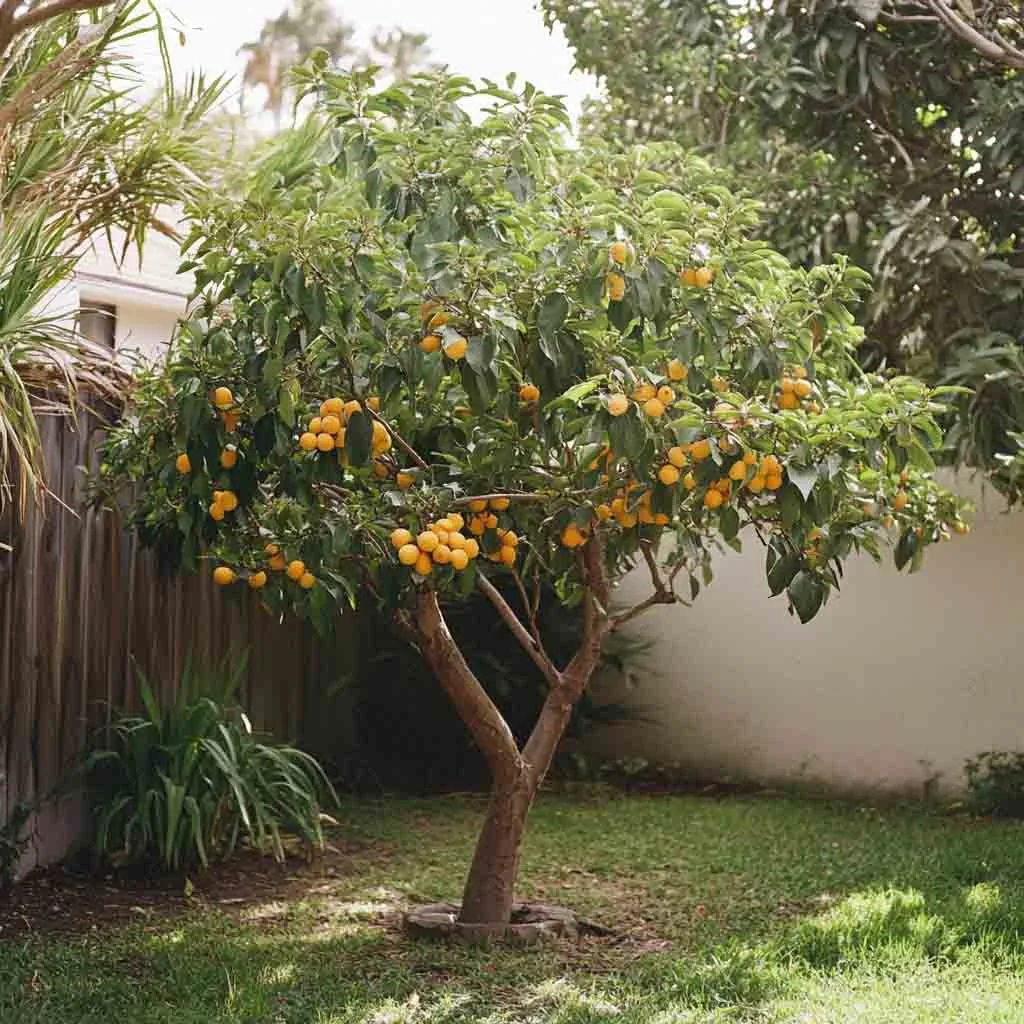
I call this my surprise fruit tree because no one expects it. It fruits early in spring and has apricot-like flavor with a tangy twist.
- Evergreen with shiny leaves, super pretty!
- Low-maintenance and hardy
- Makes amazing jams and preserves
Tips:
- Loves full sun
- Thin fruit clusters to boost size
- Prune lightly after harvest
5. Pomegranate Tree
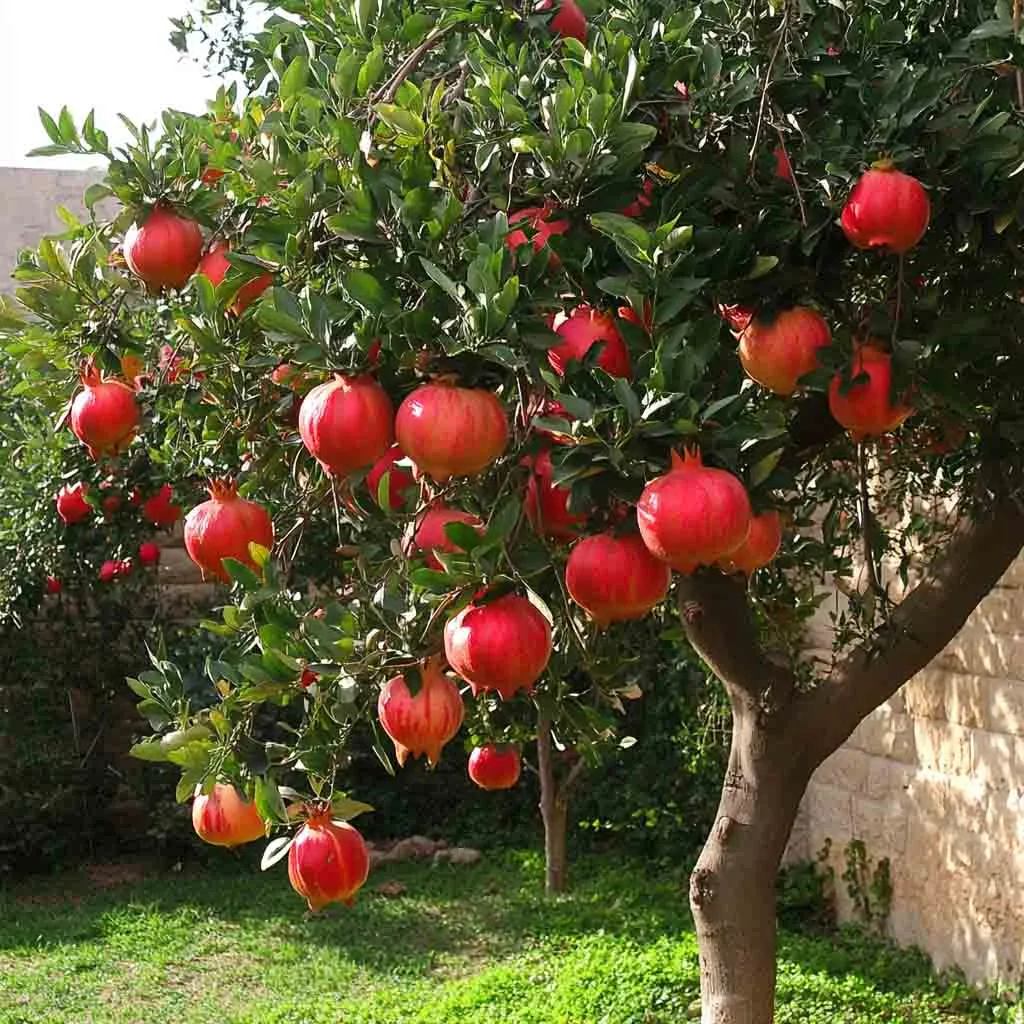
This one’s practically made for Zone 9. Plus, it looks ornamental and tastes amazing, win-win.
- Drought-tolerant once established
- Great source of antioxidants
- Gorgeous orange-red flowers
How to Grow:
- Needs good drainage
- Water deeply every 7–10 days in summer
- Pick when skin turns deep red and slightly cracked
6. Persimmon Tree (Fuyu Variety)
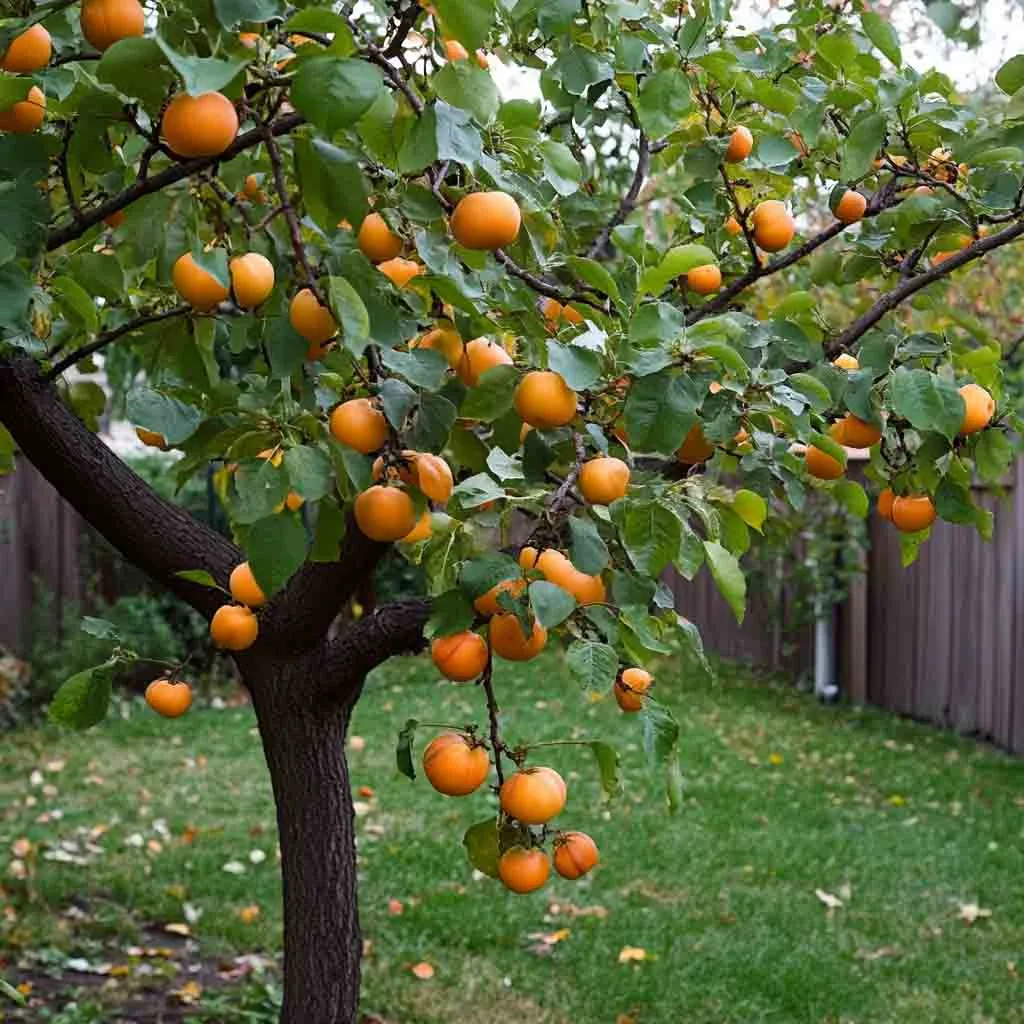
Persimmons are like nature’s candy. Fuyu types are non-astringent, so you can eat them like apples. I slice and freeze them, they’re unreal in smoothies.
- Medium-sized tree with bold orange fruit
- Self-pollinating (yay!)
- Fall harvest, adds seasonal interest
Care Tips:
- Full sun equals sweeter fruit
- Mulch base for moisture control
- Prune in late winter to shape
7. Peach Tree (Florida Prince or Tropic Beauty)
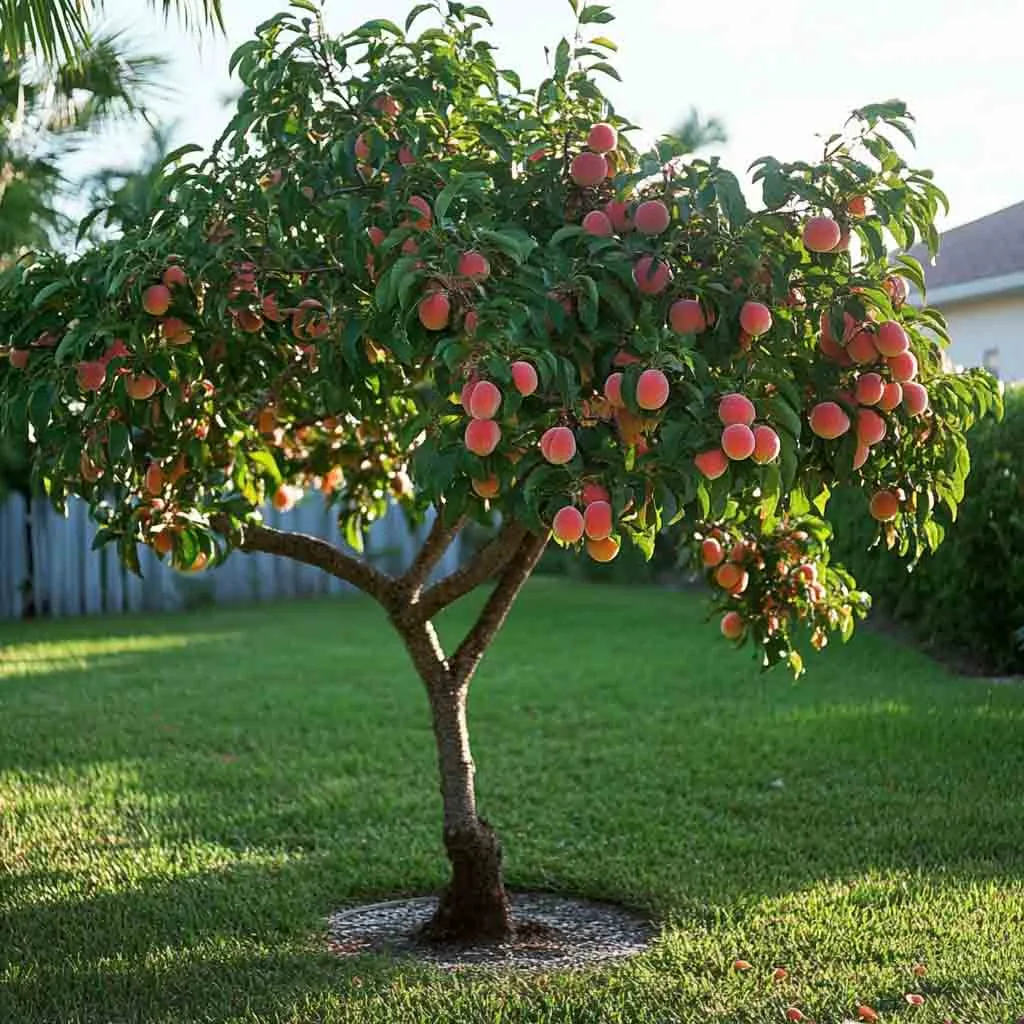
Yes, you can grow peaches in Zone 9, and yes, they’re absolutely delicious. I bite into one straight from the tree, and juice runs down my arm, worth it every time.
- Needs chill hours, but low-chill varieties are perfect
- Self-pollinating
- Spring blooms are stunning
What to Do:
- Water deeply every 5–7 days during fruiting
- Thin fruits to prevent branch breakage
- Fertilize during the growing season
8. Plum Tree (Gulf Series)
Plums are juicy, sweet, and a little tart, so satisfying. Gulf varieties like Gulf Ruby or Gulf Blaze are tailor-made for Zone 9.
- Ripens mid-to-late summer
- Beautiful spring blossoms
- Cross-pollination boosts fruit
Growth Tips:
- Plant two compatible varieties
- Prune annually for shape and airflow
- Loves full sun
9. Banana Tree (Dwarf Cavendish)
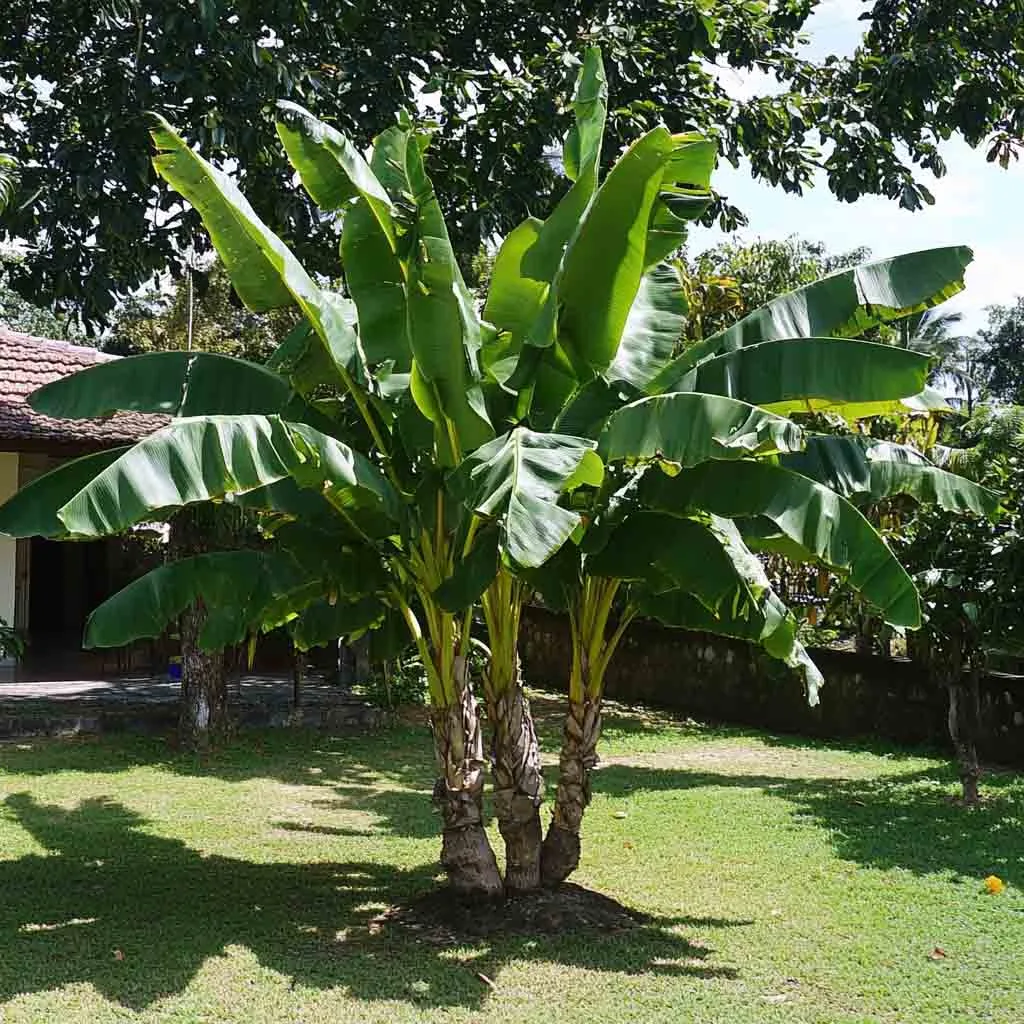
Okay, this one feels like cheating, but yes, you can absolutely grow bananas in Zone 9! They give the yard a tropical vibe instantly.
- Fast-growing and lush
- Produces fruit in 10–15 months
- Great as a privacy screen too
Need-to-Know:
- Protect from cold winds
- Needs regular water and rich soil
- Cut back dead stalks after fruiting
10. Nectarine Tree (Sunraycer or Gulf Sweet)
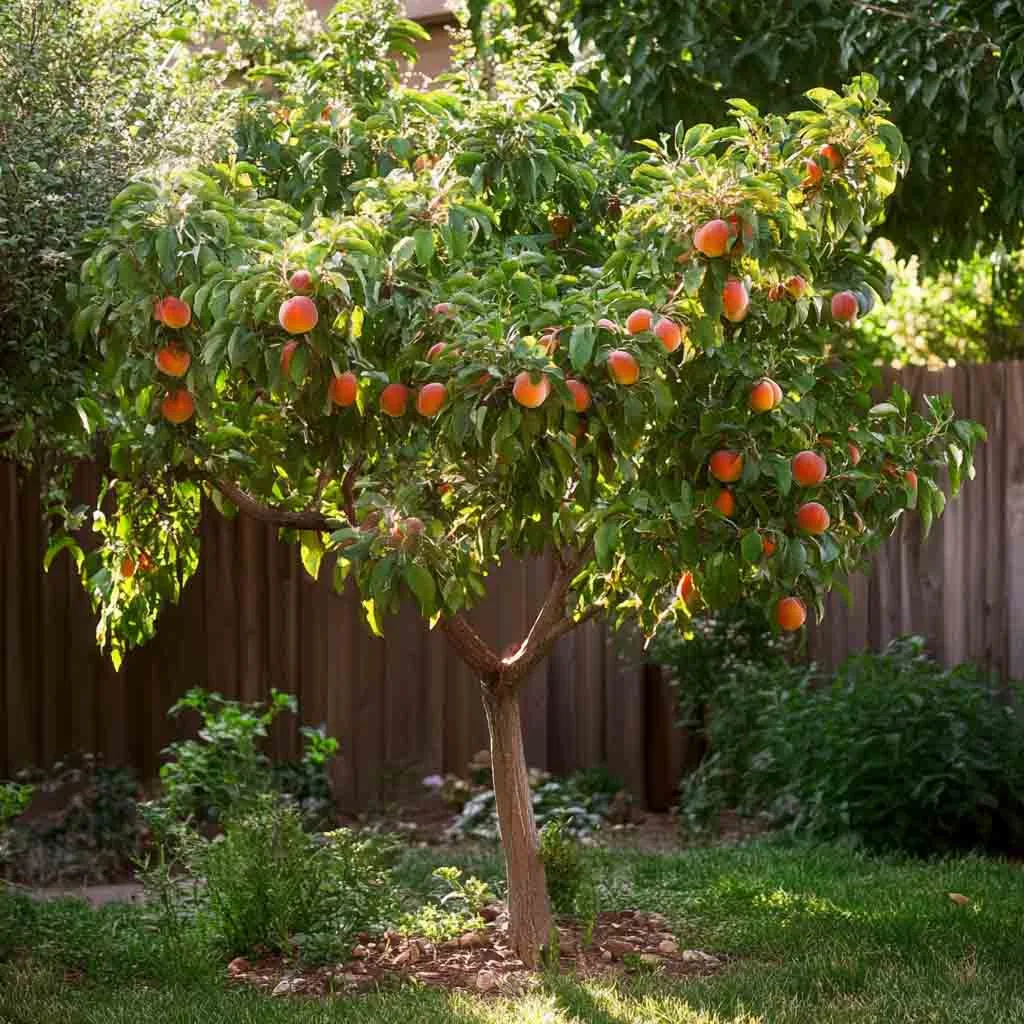
Nectarines are basically smooth peaches, and I find them even sweeter. Great for fresh eating or grilling (yes, grilled nectarines are a thing!).
- Low-chill varieties work well
- Requires pruning to keep productive
- Spring flowers are super showy
Tips for You:
- Thin fruits early for size
- Protect from peach leaf curl
- Harvest when fruits give slightly to touch
11. Mulberry Tree (Dwarf Everbearing)
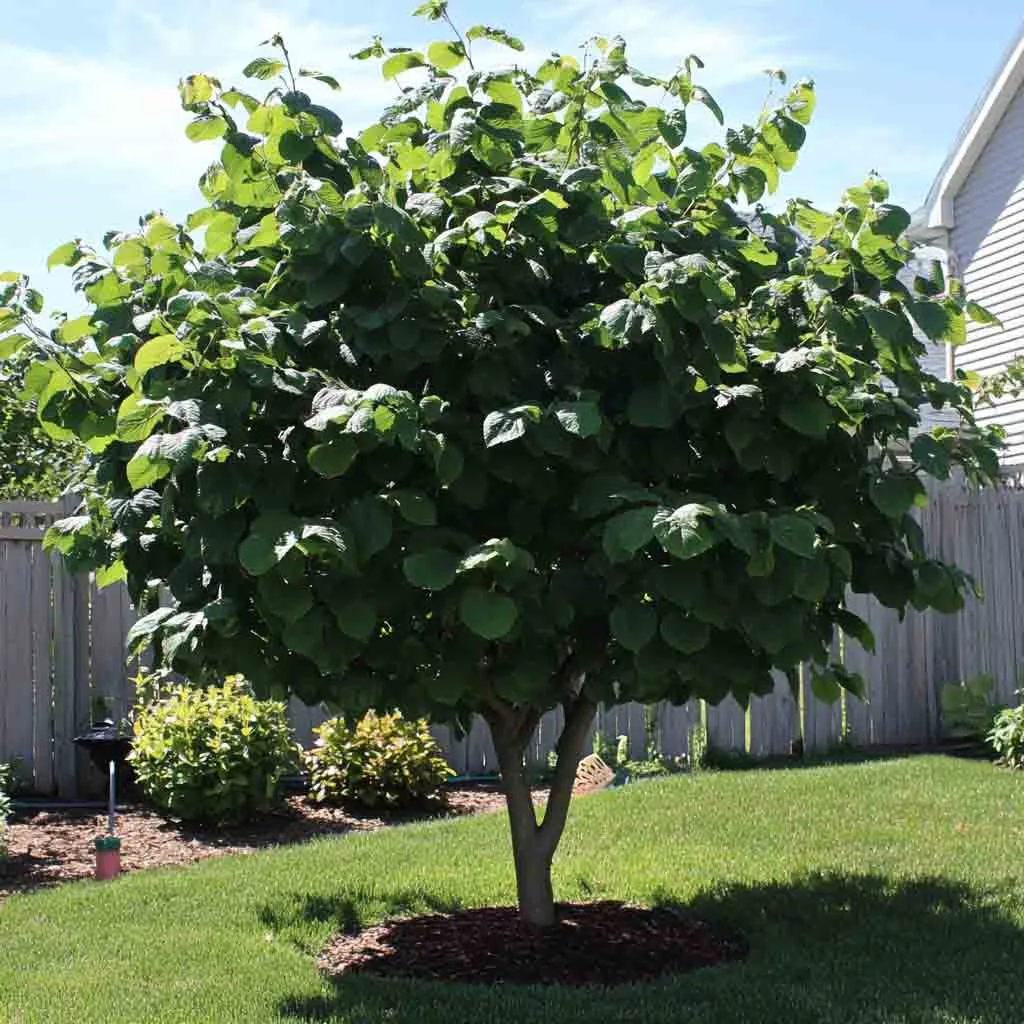
I wasn’t prepared for how much I’d love this tree. It fruits a lot, the berries are delicious, and birds love it too (maybe too much!).
- Can fruit multiple times a year
- Grows quickly, prune to control size
- Deep, sweet berry flavor
Fast Facts:
- Likes full sun
- Needs little care once established
- Great for jams and smoothies
12. Apple Tree (Anna or Dorsett Golden)
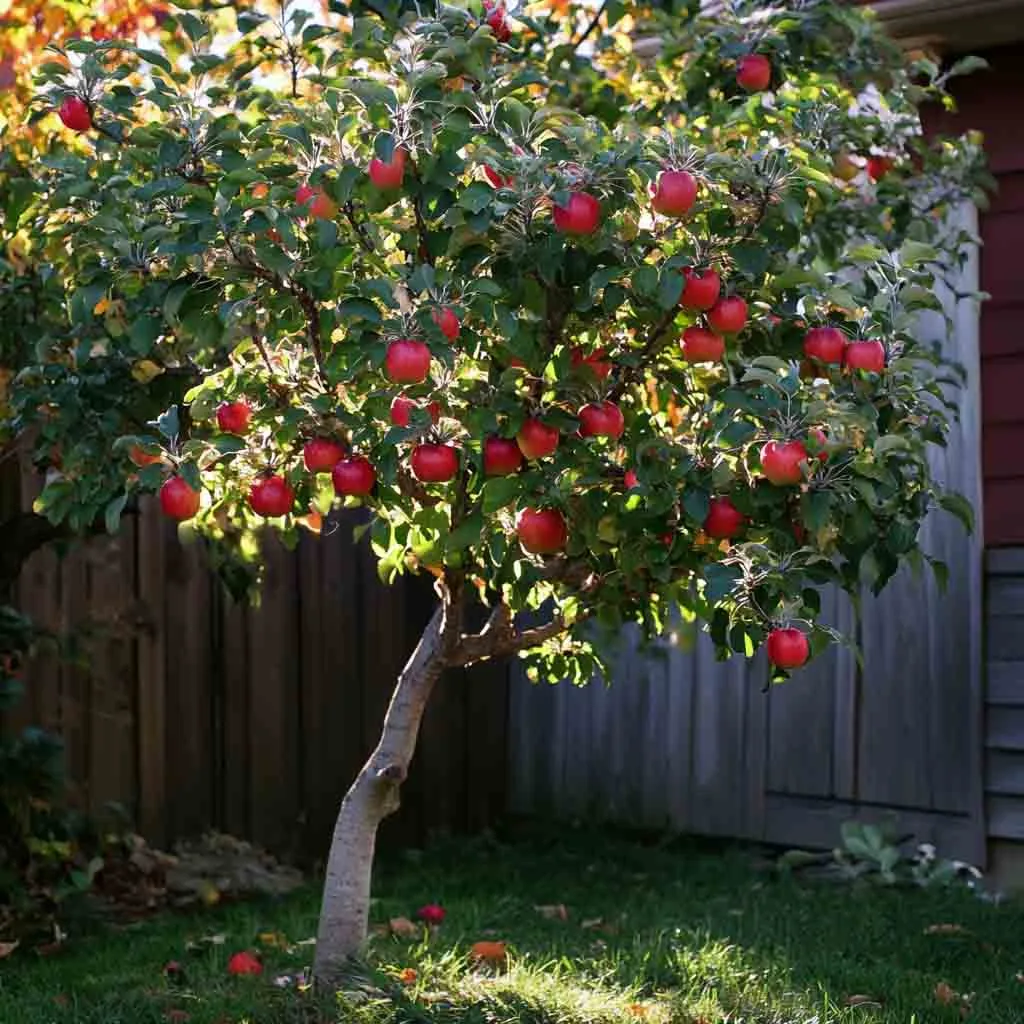
Surprised? I was too. But some low-chill apples are perfect for Zone 9. I grow both Anna and Dorsett for cross-pollination.
- Early ripening
- Crisp and mildly sweet
- Great for baking or snacking
What They Need:
- Chill hours: around 300–400
- Cross-pollination boosts yield
- Prune for shape and light
13. Citrus Trees (Oranges, Limes, Grapefruits)

Honestly, you can’t go wrong with citrus in Zone 9. I have a few, Valencia orange, Key lime, and a Ruby Red grapefruit.
- Thrive in heat and sun
- Long fruiting seasons
- Delicious and versatile fruit
Top Tips:
- Needs well-drained soil
- Regular fertilization = best fruit
- Watch for pests like citrus leaf miner
14. Guava Tree
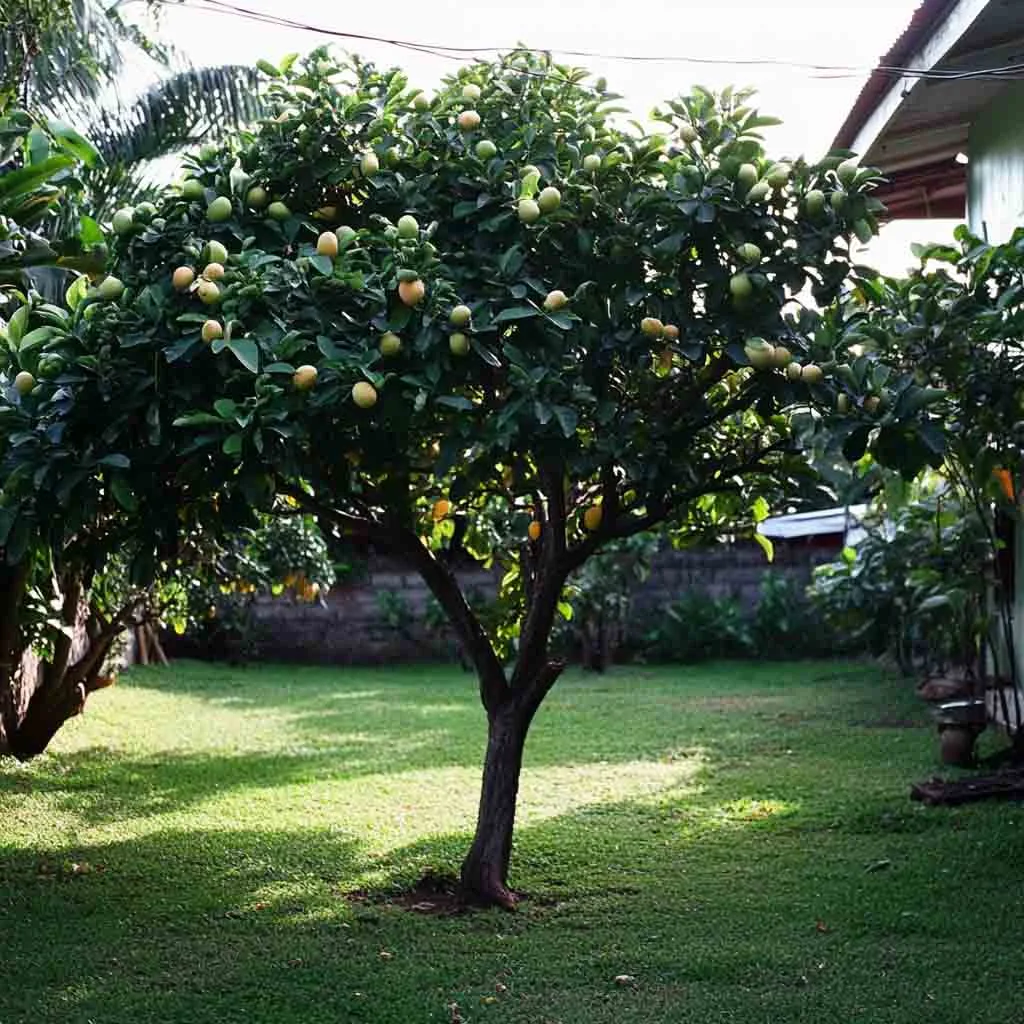
This one gives major tropical vibes. The fruit smells amazing, tastes fruity-sweet, and makes a killer guava jam.
- Small tree, great for containers
- Attracts pollinators
- Evergreen with glossy leaves
Care Tips:
- Full sun and warmth are key
- Prune to maintain shape
- Water consistently during fruiting
15. Jujube Tree (Li or Lang Variety)
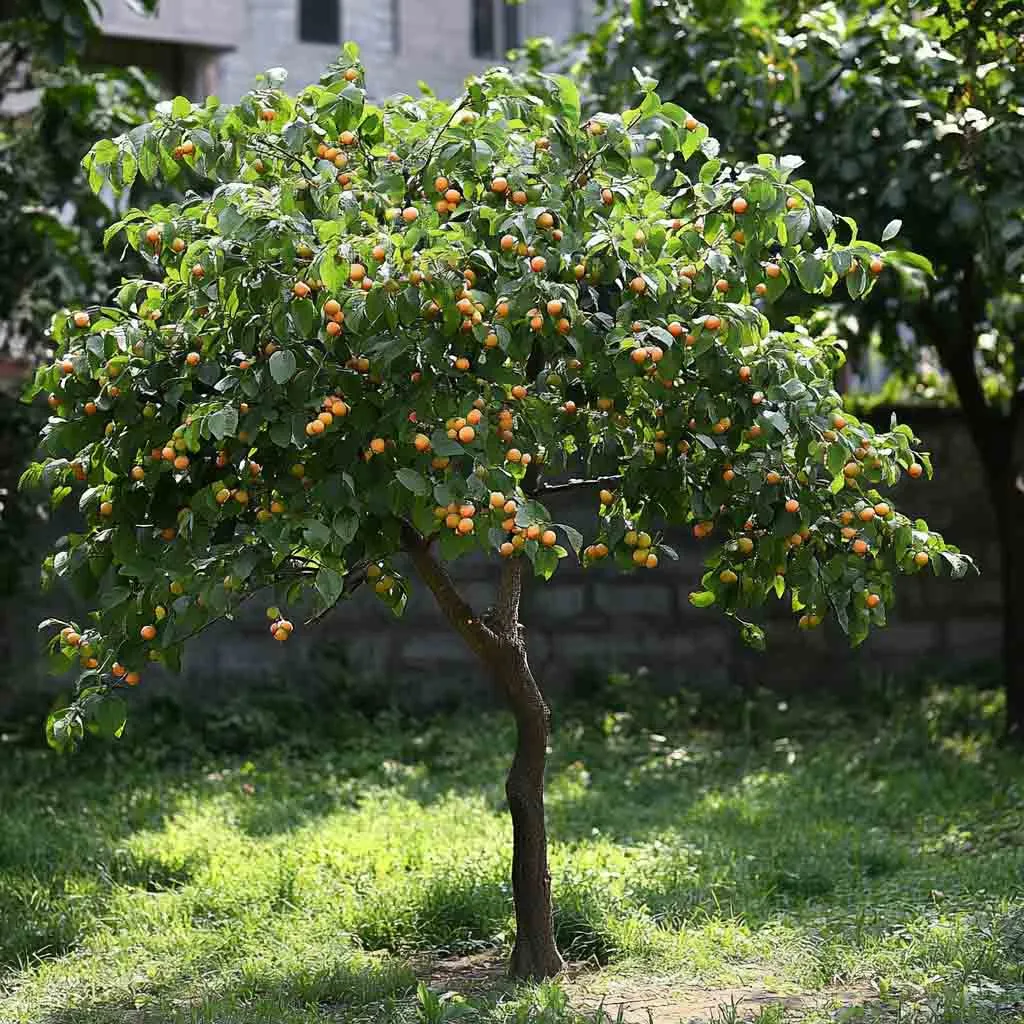
Jujube fruit is often called a Chinese date, and it’s oddly addictive, kind of crunchy when fresh, chewy when dried.
- Super heat-tolerant and drought-proof
- Unusual but worth growing
- Fruit ripens in late summer to fall
Good to Know:
- Needs little water once mature
- Self-pollinating but more fruit with two trees
- Fruit drops when ripe, easy to collect
Frequently Asked Questions
Can I grow tropical fruit trees in Zone 9?
Yes, but choose cold-tolerant varieties. Guava, banana, and even mango (with care) can work if you protect them during cold snaps.
Do I need two trees for pollination?
Not always! Some trees are self-pollinating, like Meyer lemon and Fuyu persimmon. But others, like apples and plums, do better with a buddy.
How much sun do these fruit trees need?
Most need 6–8 hours of direct sun to produce well. Less light means less fruit (and more frustration).
Can I grow fruit trees in containers?
Absolutely! Dwarf varieties of citrus, figs, and guava thrive in pots, just make sure the container has good drainage and enough space.
When should I plant fruit trees in Zone 9?
Late winter to early spring is ideal so the roots establish before summer heat kicks in. Avoid planting during peak summer.
Wrapping Up, Your Backyard Just Got Juicier
Growing fruit trees in Zone 9 is not just doable, it’s a total joy. Whether it’s a bowl of fresh peaches, tangy loquats, or a garden that smells like citrus blossoms, you’ll get way more than just fruit.
Start small, pick your faves, and enjoy the ride. There’s something magical about watching a little tree grow into a backyard superstar.
Happy planting, friend! 🍊🍑🌳

